Nijo Castle was built in 1603 by Tokugawa Ieyasu to guard the Kyoto Imperial Palace and provide lodging for shoguns traveling to Kyoto. 1611 saw Toyotomi Hideyori and Tokugawa Ieyasu meeting at Nijo Castle, and the third shogun, Tokugawa Iemitsu, undertook extensive renovations for Emperor Gomizuo’s visit to the castle, including the Ninomaru Palace, which included paintings by Kano Tanyu, The Tenshukaku (main keep), which was moved from Fushimi Castle, was built in 1626.
In 1867, the 15th Shogun, Yoshinobu Tokugawa, announced the “return of the Grand Council of State” at Ninomaru Palace. This event marked the end of feudal system and the beginning of modernization in 19th century Japan.
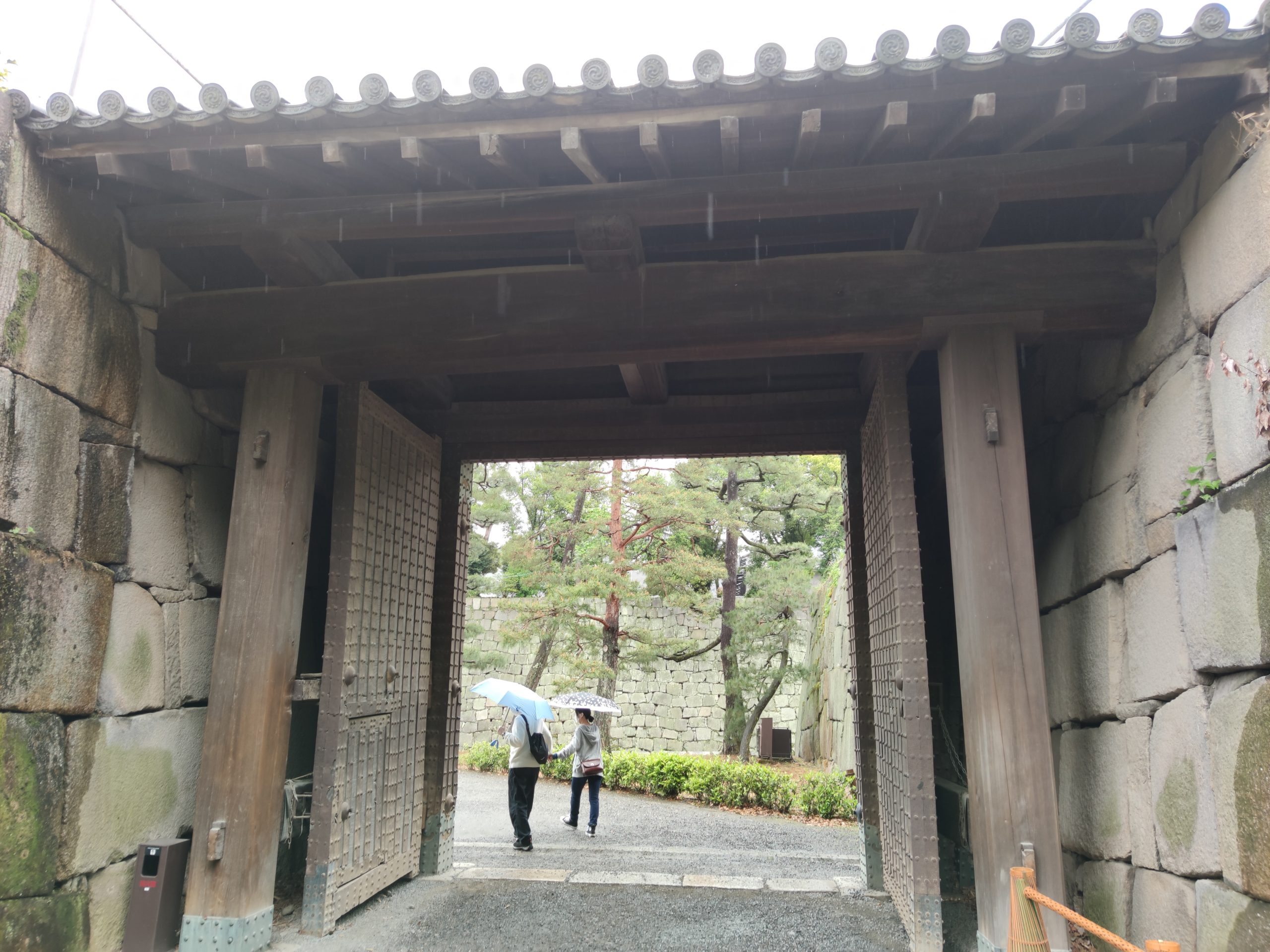
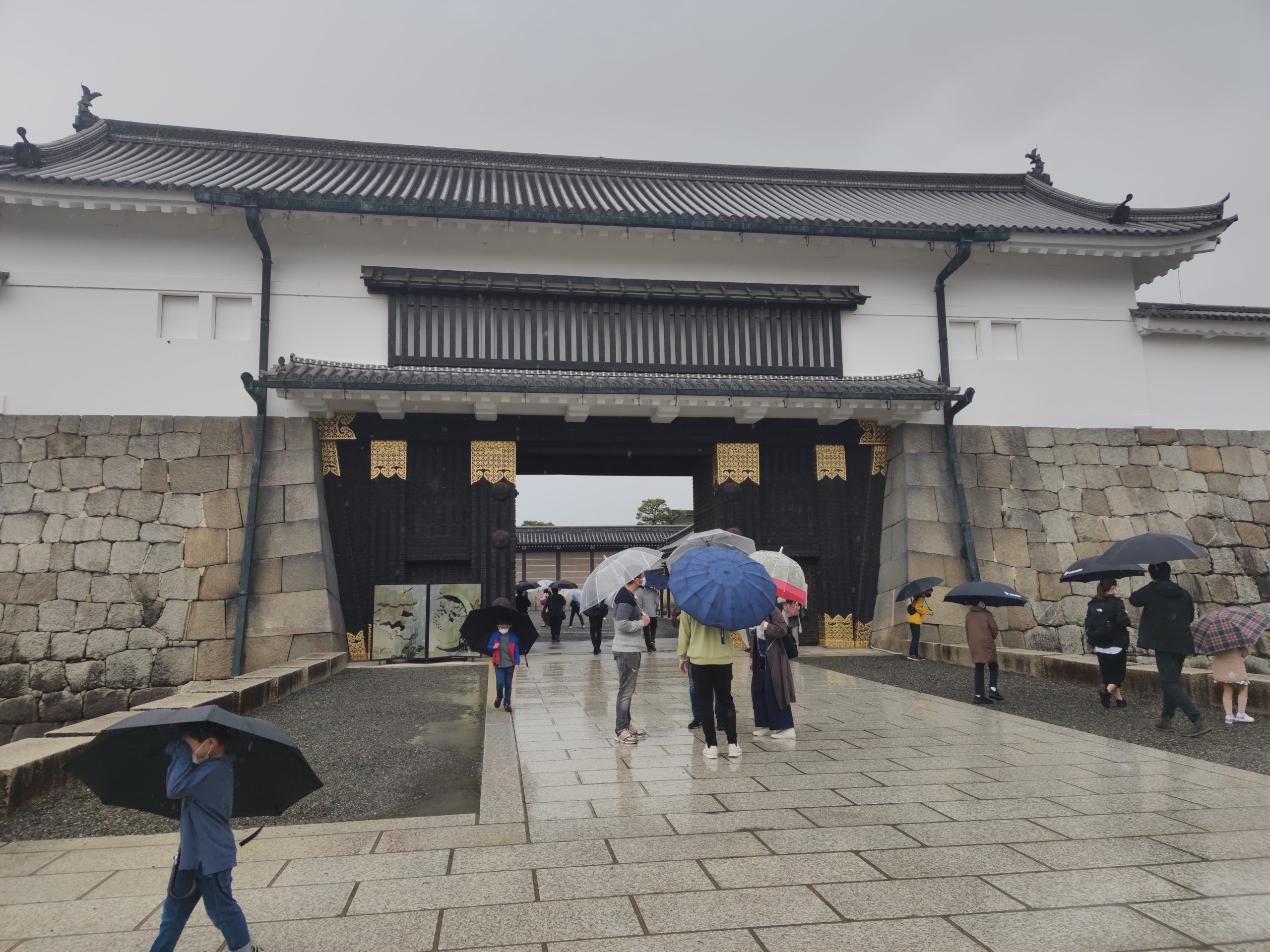

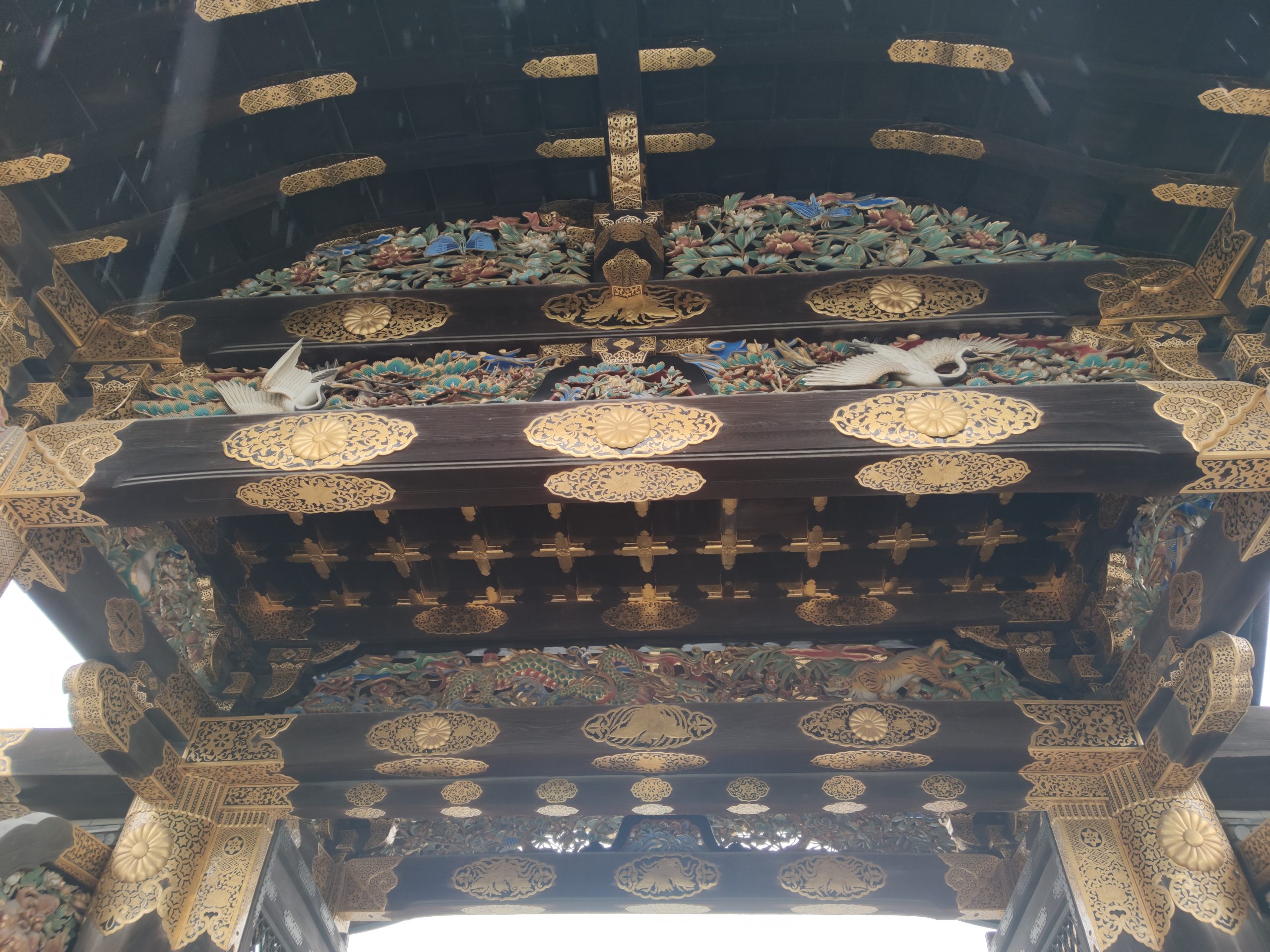

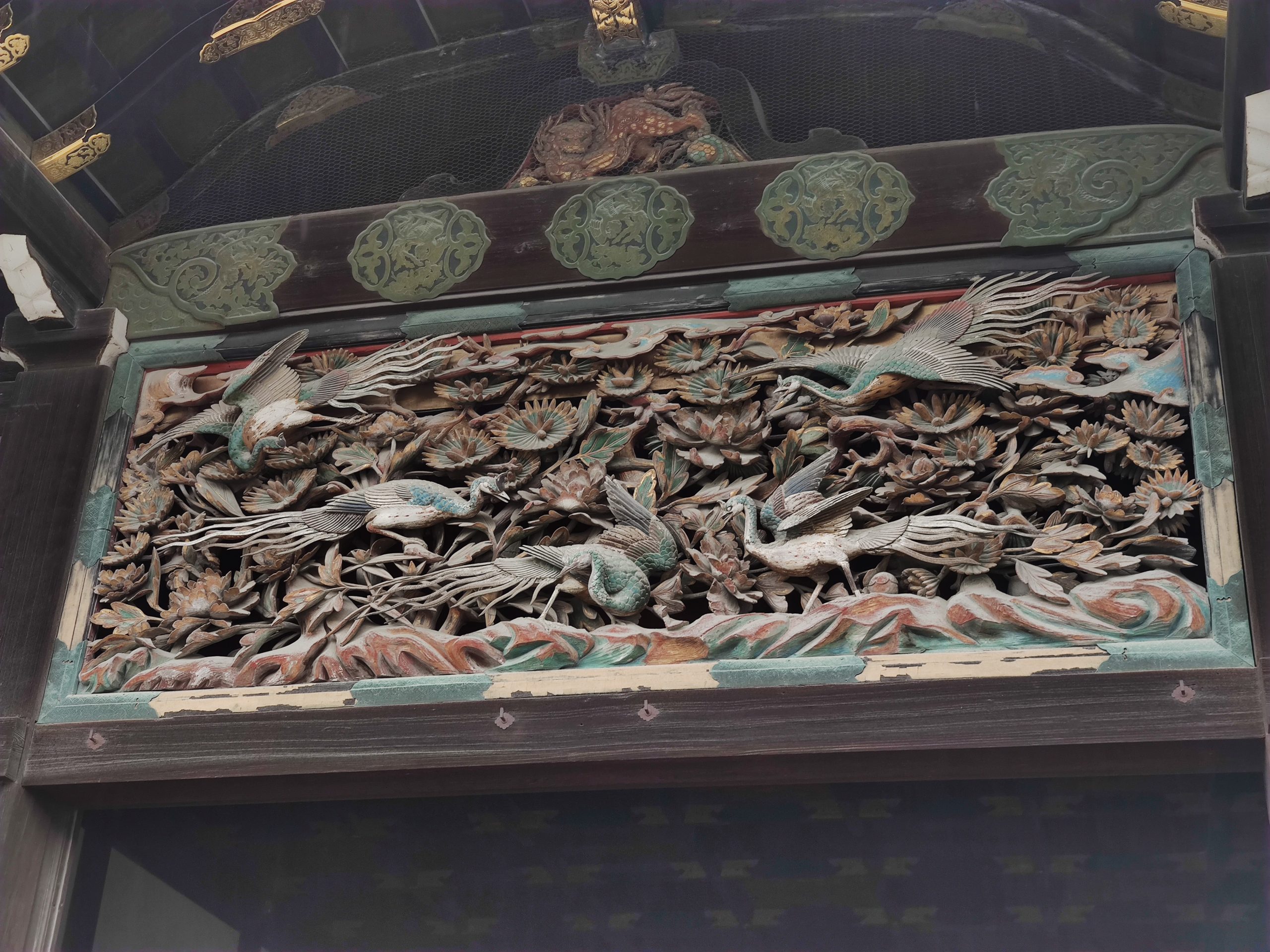

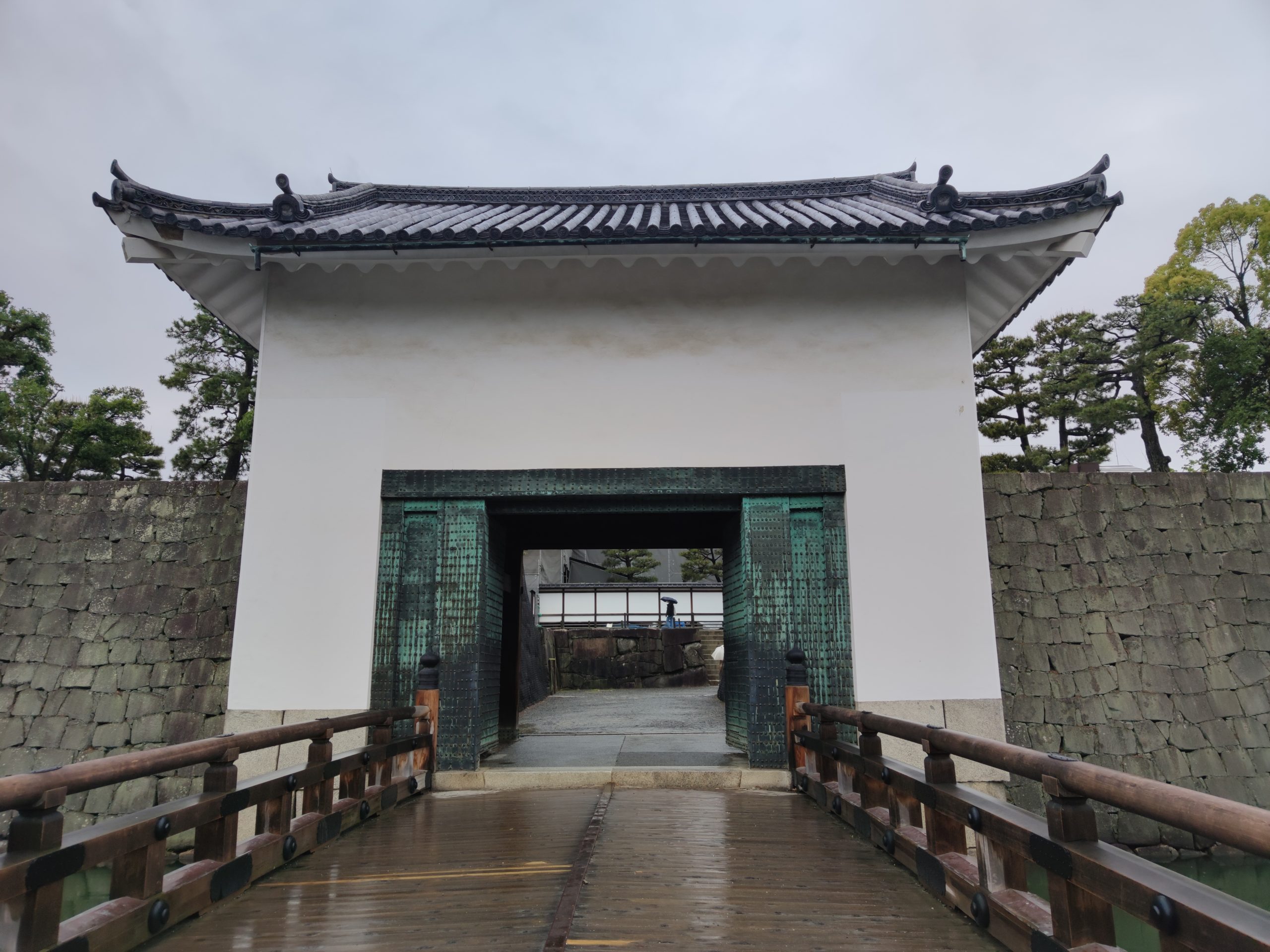

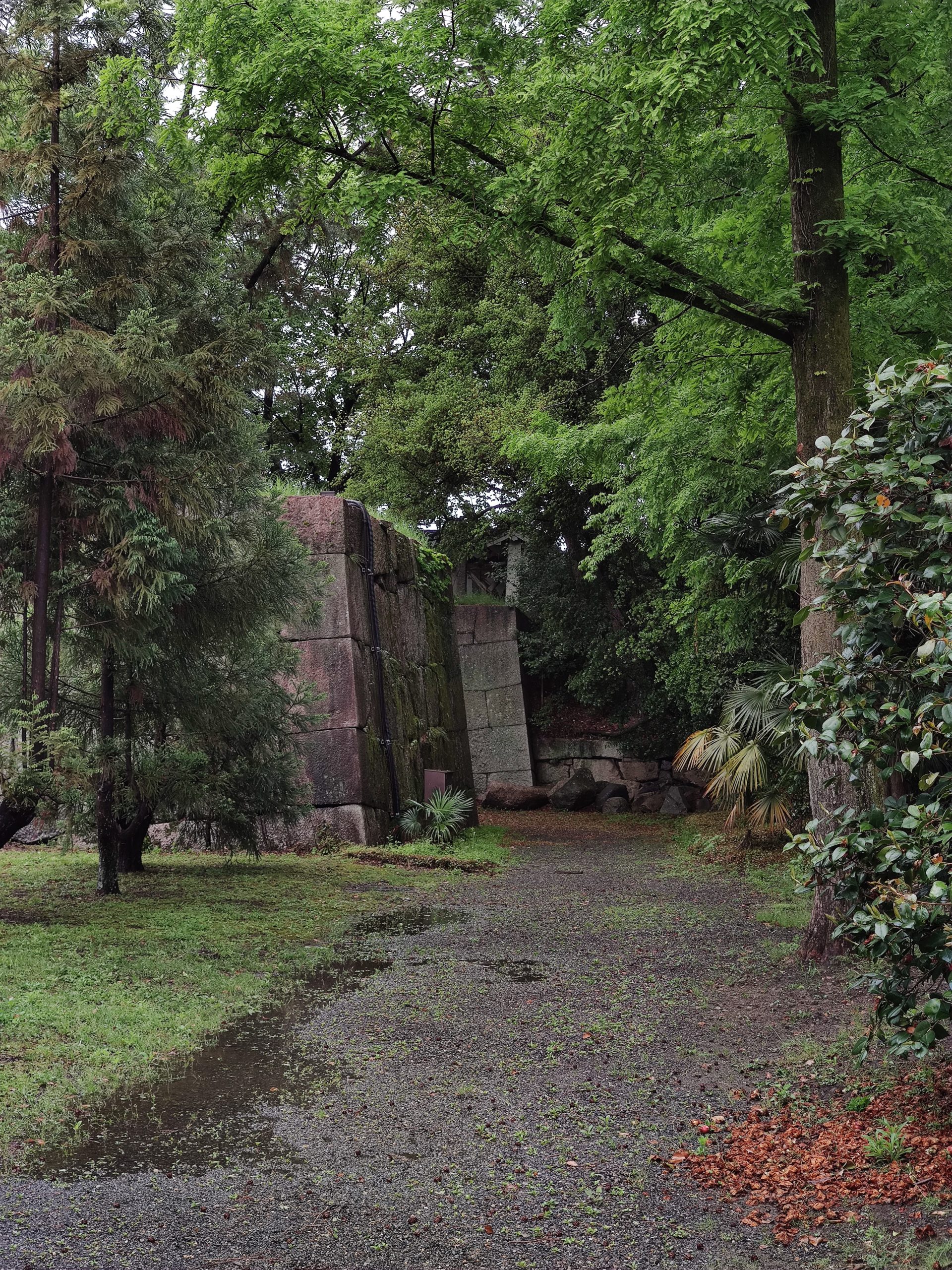
Nearby spots from Nijo Castle
Kyoto Imperial Palace is not far. This is because the Castle was built to demonstrate the power of the Tokugawa family to the imperial court.
Shinsen-en, built in 794 as a forbidden garden, served as an imperial retreat and sacred site for religious practices.
Related articles:
[…] Capital, but it was reduced in size during the Edo period (1603-1868) with the construction of Nijo Castle. It is now a temple managed by Toji Temple. The following is an excerpt from the Shinsen-en […]
[…] Nijo Castle guide in English […]
[…] The Odoi was a large earthen mound that encompassed a large area, including the Imperial Palace and Nijo Castle. This area is the only part of the palace where a culvert made of hewn stone (drainage) was built, […]
[…] a national treasure, is said to have been the castle gate of Fushimi Castle. This gate was moved to Nijo Castle after Fushimi Castle was closed. Later, it was moved to the Kanjiin Temple of Nanzenji Temple. In […]
[…] Nijo Castle is the base of the Tokugawa family in Kyoto. The Ninomaru Palace and other buildings are national treasures, and the entire area is a World Heritage Site. […]